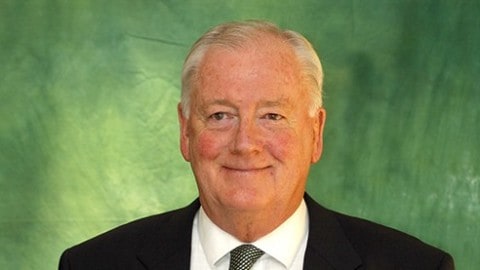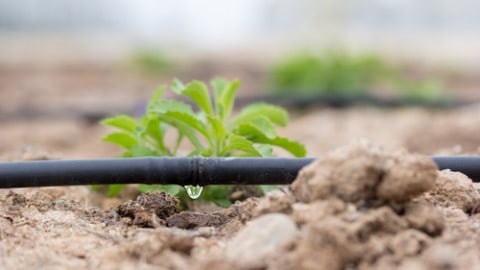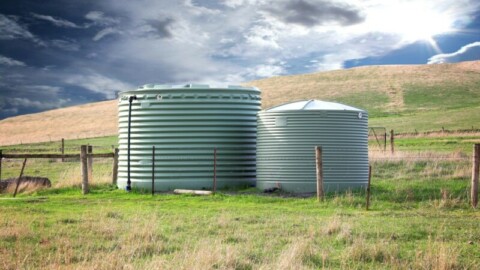King Island dairy farmers are saving money and doing their bit for the environment through the use of new solar hot water pumps and systems for their dairy sheds.
The systems are expected to reduce hot water costs, the largest part of any dairy shed energy bill for the island’s farmers, by up to 50%.
Nine dairy farms will have the commercial solar hot water systems installed in an initiative funded by the Tasmanian Government’s Bass Strait Renewable Energy Program and co-ordinated by Dairy Australia’s Regional Development Program, DairyTas.
The farmers were jointly provided with $202,000 to install the evacuated tubes and energy storage systems.
King Island Dairy Farmer Supply Group leader and dairy farmer, Troy Smith, said the project was a great opportunity for farmers to make power savings. Farmers currently faced flat rate electricity prices and relied on diesel power generation despite wind and solar energy prevalent on the island.
“If we can be energy efficient and use renewable energy, it saves us money, there is even less diesel coming onto the island and the environment is also better off,” Mr Smith said.
The project is part of a nationwide move by Dairy Australia and the Australian Government to help dairy farmers be smarter with their energy use.
This includes the delivery of 900 free energy efficiency assessments for farmers nationally through to June, which most of King Island’s 12 dairy farm operations participated in. A second round of free assessments will also occur through to June 2015.
Dairy Australia’s natural resource management technical specialist, Dr Rachel Brown, said the King Island initiative was one way to help the Australian dairy industry achieve its commitment to reduce carbon emission intensity by 30% by 2020 as part of the industry’s sustainability framework.
“Renewable energy is not for every shed and each site has to be specifically considered but there are circumstances, like these solar hot water systems on King Island, where it is the obvious solution,” Dr Brown said.
Reducing energy consumption for milk cooling, milk harvesting and hot water production had provided the greatest gain for improving energy efficiency on Australian dairy farms in the assessment process, she said. By looking at these areas in the dairy, farmers can make useful energy savings without the outlay of significant funds.
An industry booklet has also been created to complement the on-farm energy assessments and more broadly communicate where energy is used in dairies and where efficiencies can be found.
| Solar Hot Water – the Facts |
|
Power contract key to payback
Installation manager for the King Island project, Darren Cooper, said solar hot water systems were not the solution for every farm in Australia.
Farmers investigating an installation needed to look at their usage patterns for water, the capacity to hold water in their main cylinder, whether there was a need for the farm to boost on-peak power or if they could they could heat water at off-peak times, he said.
“It’s reliant on the tariff you pay for your energy. On King Island there is no off-peak power with a 27 to 28 cent kilowatt/hour flat rate so creating hot water is premium all the time and it’s easier to get a payback,” Mr Cooper said.
“If a farm, for example, had a 1000 litre a day usage and a 1200 to 1300 litre cylinder they might be better off exploiting their contract and doing all of their water in off-peak because the payback on a solar system could be up to 20 years.”
Mr Cooper said the units at King Island suited farms with less than 250 cows or use about 500 litres of hot water per day.
“Data from one of the units showed that for the first 24 days of use there was a 36% offset of power for hot water. This will fluctuate with the seasons but I think a 50 per cent reduction over 12 months is achievable but we will analyse over the next year.”
To assist with the delivery time all manifolds, cylinder connections and fittings pre manufactured into kits in Tasmania. The control units were also wired and pump units set up so they can be serviced or changed out by the farmer without the need for an electrician or plumber.
















